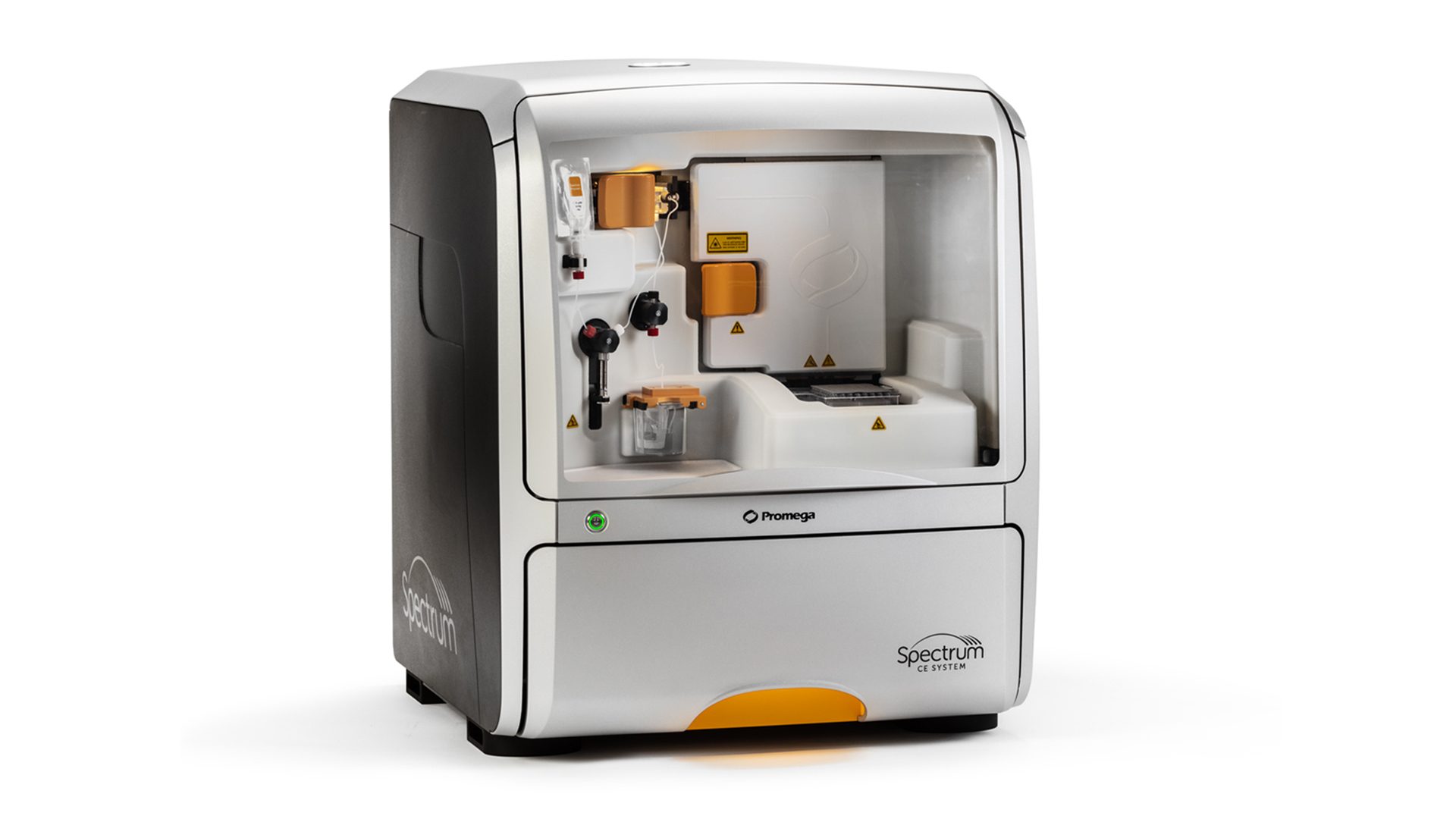
The Impact of Pharmacogenomic Testing in Mental Health Prescribing
Mental health affect millions of people worldwide. Pharmacogenomic testing represents a significant advancement in personalised medicine, particularly in the area of mental health.

The Forensic Genomics Innovation Hub (FGIH) in Southampton takes delivery of the first Spectrum Capillary Electrophoresis (CE) System in the UK. Developed and produced by Promega Corporation the Spectrum CE System is compatible with 5-, 6- and 8-colour STR analysis chemistry, and offers new innovative ways in which forensic labs process their STR samples.
Established in 2020 the FGIH have a uniquely positioned team of DNA experts dedicated to applying next generation DNA sequencing to crime fighting, family DNA testing and molecular diagnostics. With solutions and support to forensics and the public the FGIH is also an open door training facility supporting academia giving the medical/forensic scientists of the future access to the technologies of the future.
“The new Spectrum CE System is the next-generation in CE that provides unmatched flexibility in processing samples for short tandem repeat (STR) analysis, well suited for forensic labs now and into the future. It is a perfect fit to our current instrument complement. ” – says Dr Caroline Parker, Chief Scientific Officer at the FGIH.
With continuous accessibility while the instrument is running, and its flexibility in supporting chemistries from all the key vendors of STR kits, the FGIH is proud to offer access to the system to students or labs keen to test it out, as well as use it for their own demands. If you are interested in running some of your samples on the new Spectrum CE System, through the FGIH’s Open Door Training program, then please contact them at lab@fgih.co.uk for more information. Be one of the first to test out the new 8-colour STR kit from Promega Corporation PowerPlex® 35GY. This first commercially available 8-dye STR system includes two additional dye channels relative to previous STR multiplex kits, providing enhanced analyses of even your most challenging low level and degraded DNA samples.
For more information visit the Spectrum website.
Innovation is in our DNA.









Mental health affect millions of people worldwide. Pharmacogenomic testing represents a significant advancement in personalised medicine, particularly in the area of mental health.

Identifying your baby’s gender is very exciting to new parents, but there are some key points to consider before testing.

Can you imagine no chocolate at Easter. People living with allergies have to live without so many things we all enjoy. Learn more about food, animal and springtime allergies.

The pros and cons of finding out the biological sex of your baby from 6 weeks into pregnancy and tests of choice.
Forensic Genomics Innovation Hub
Laboratory 12
Southampton Science Park
1 Venture Road
Southampton
SO16 7NP
United Kingdom
Email: lab@fgih.co.uk
Phone: (+44) 02380118980